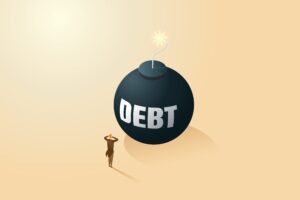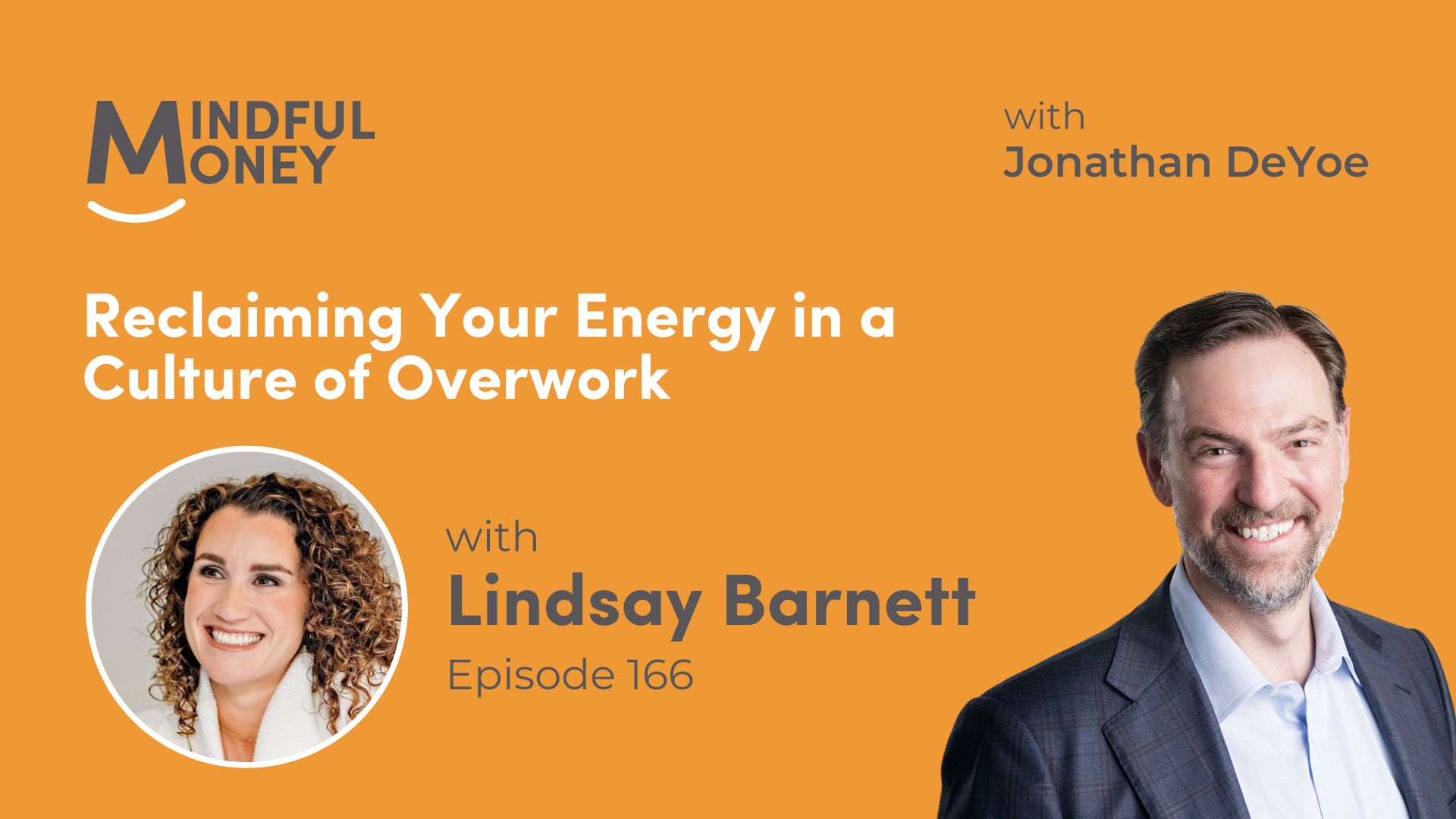These are fundamentals of investing.
Successful lifetime investors remain aware of these two realities at all times.
When most people hear them in a calm setting within the context of long-term planning, they agree. They don’t push back at all.
It just makes sense. It is a fact that doesn’t need proof. It is the future, and the future is unknowable.
Yoda’s idea, “Difficult to see, Always in motion is the future,” turns out to be exactly right. There are too many variables at work on something so incomprehensible as “the economy” or “the market.” One small (perhaps even intentional) change in one variable (e.g. FED funds rate) unpredictably causes additional changes across other variables, which in turn, cause more changes and so on. Each change multiplies to create outcomes that are unknowable. The future… moves.
Future outcomes are always dependent upon the current situation (which is always at least partially unknown to us), the pending reactions to that situation, and the future reactions to those immediate pending reactions, etc. To claim knowledge of this future is either dishonest or delusional.
We. Can’t. Know.
In calm moments, people understand this intuitively. It doesn’t need to be explained. They don’t have to be convinced. They are not interested in the research or the academic studies (of which there are many).
These fundamentals – that the economy cannot be forecast and the market cannot be timed – are clear and established.
Right up until…
People are confronted with GREED – some new exciting opportunity (think reddit stocks, crypto, SPAC, NFTs) – or FEAR – a series of headlines about some market or economic calamity (inflation, the FED response, the bursting of the growth bubble, war, pandemic, recession).
Faced with greed and fear, the questions begin: “Now that XYZ has changed, what will we do differently in our portfolios?”
This line of questions is, always, a veiled attempt to forecast the economy and time the market. Under stress, we forget so quickly.
If they have been through a dozen conversations with me about the wonders of permanently owning “the great business of the US and the World” and they’ve heard me advise embracing the short-term volatility – enduring it as the only way to the returns we need – then they are less likely to be affected.
If they have only heard the speech once, then they are affected the minute they walk out of our offices.
They call it an economic cycle and a market cycle because it is cyclical. It goes up AND it goes down. That is how it works. During expansions, we are always approaching the next recession. We are always approaching the next bear market. During the recessions, we are always approaching the next expansion and the next bull market.
But… We never know how good or how bad it might get before it turns. And, we never know when the turn will come.
The Economy cannot be forecast and the market cannot be timed. So, it cannot be a game of getting in at a bottom (there is no indicator of “bottom”) and then getting out at the top (there is no bell at the “top” either). Lots of people try, some will certainly get lucky, but the research tells us we can’t identify them beforehand. No one can consistently predict and time the markets.
Keeping these two truths ‘top-of-mind’ – not being distracted by the exciting fad or scary headlines of the day – enables better financial outcomes. To a long-time practicing meditator, this sounds a lot like “being non-judgmentally aware of the present moment”. It sounds like Mindfulness.
The game IS more one of Mindful Portfolio Design:
- Setting a plan-appropriate asset allocation
- Getting broadly diversified
- Rebalancing
I see the exciting new opportunity. I see the scary new series of headlines. But I am not pulled into them. I am focused on my Mindful Wealth Map, the Mindful Portfolio Design, and remembering – always – that economies cannot be forecast and markets cannot be timed.
The rest is noise.





